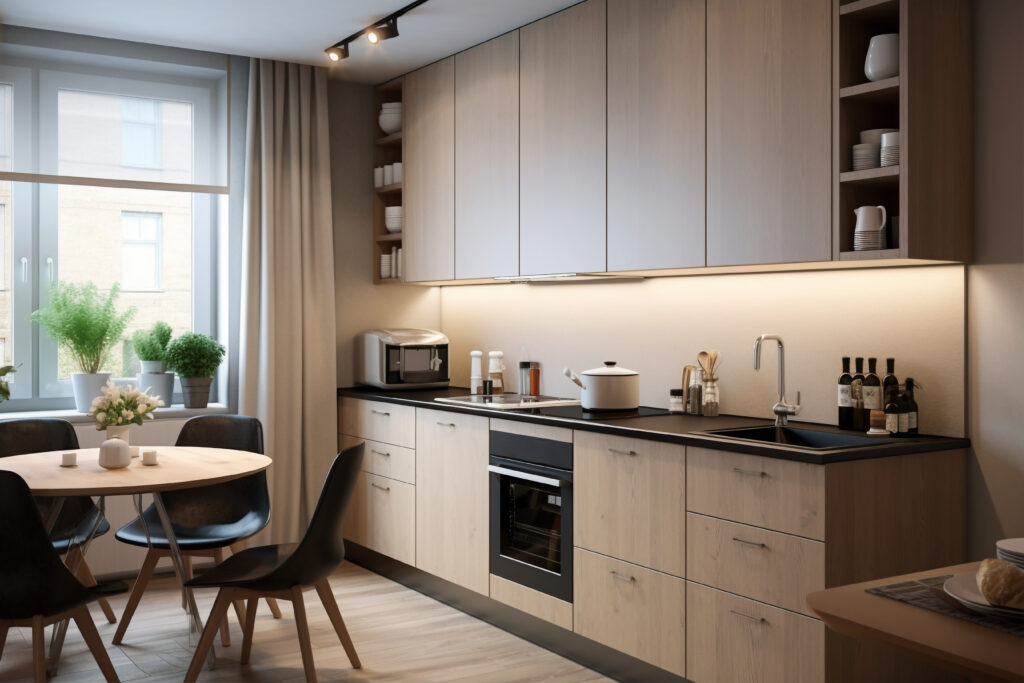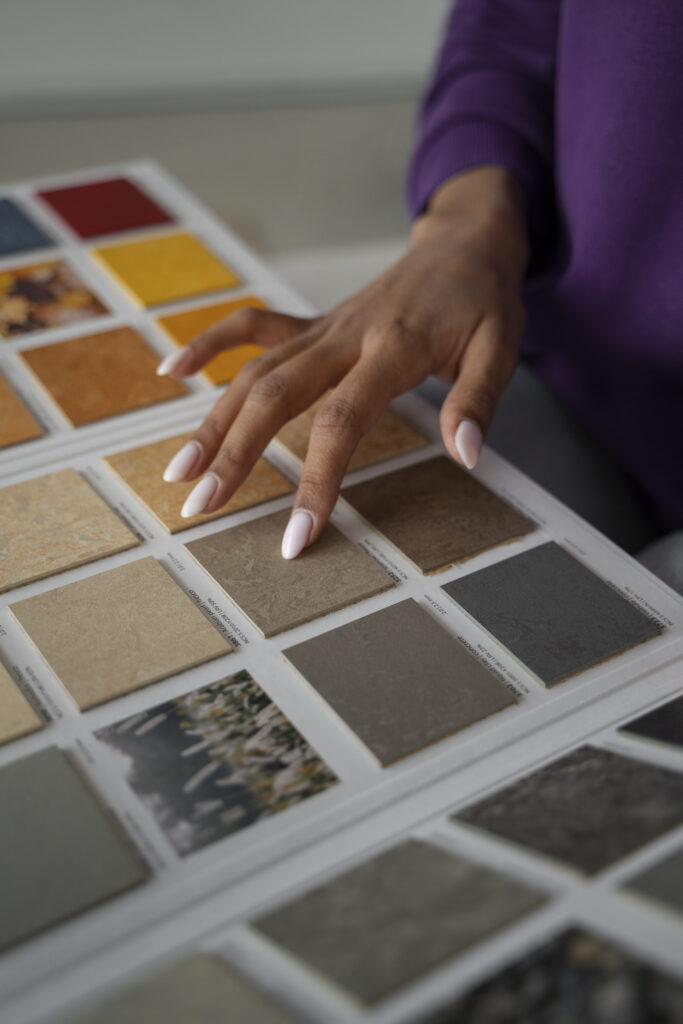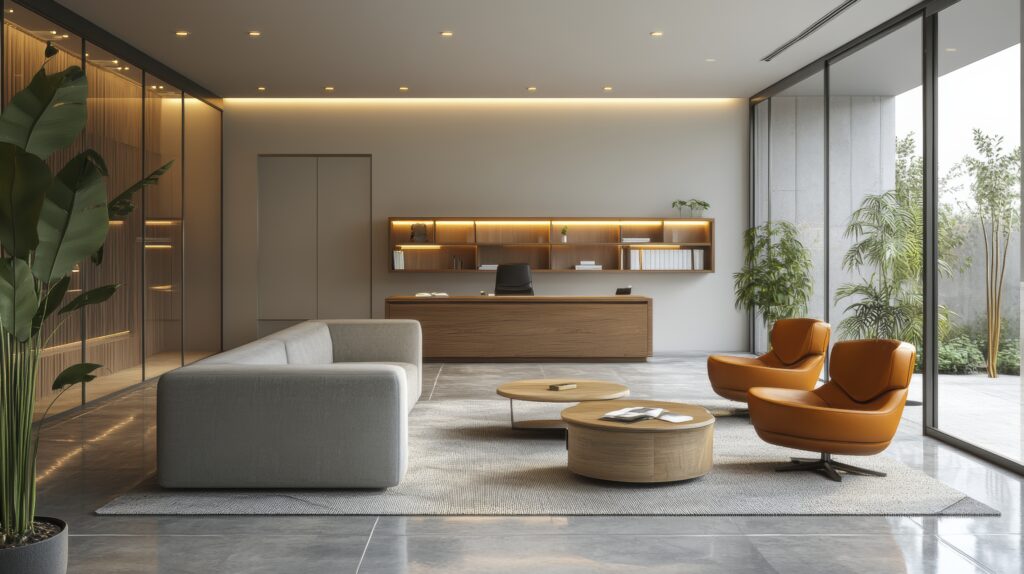Embarking on an interior design project is exciting, but before diving in, there are few things to Consider Before Starting Interior Design for Your Home it’s essential to consider a few key factors that will make your project smooth and successful. Interior design goes beyond just choosing colors and furniture—it’s about crafting spaces that suit your lifestyle, budget, and future needs. Let’s break down the most important things to think about before you start redesigning your home.
Understanding Your Needs
Before jumping into color schemes and furniture shopping, take a step back and think about how you use each space. Is your living room primarily for entertaining guests, or is it a cozy family hub? Do you need a home office with plenty of storage, or are you looking to create a relaxing bedroom retreat? Understanding the purpose of each room will guide your design decisions. Consider your lifestyle and daily routines—do you cook a lot, work from home, or have kids running around? Each of these factors will influence your choices, from layout to materials. And don’t forget to think about other family members’ needs; what works for one person might not be ideal for another.
Setting a Budget
Budgeting might not be the most fun part of interior design, but it’s absolutely crucial. Without a realistic budget, it’s easy to get carried away and spend more than you intended. Start by deciding how much you’re willing to spend and stick to it.
One way to make your budget work harder is to know when to splurge and when to save. For example, investing in a high-quality sofa might be worth it since it’s a piece you’ll use daily, while you can opt for more affordable decor items like throw pillows and wall art.
Also, don’t forget about hidden costs like delivery fees, taxes, or unexpected repairs that might pop up. Factoring these into your budget can help prevent unwelcome surprises down the line.

Defining Your Style
Do you lean toward a minimalist vibe, or do you prefer something more eclectic? Defining your style before starting your project will help you make design decisions more easily. Spend some time browsing design websites, magazines, or platforms like Pinterest to gather inspiration and figure out what appeals to you.
It’s also helpful to mix styles carefully if you like elements from different aesthetics. Just be sure to have a unifying theme that keeps everything cohesive. While it’s great to experiment, make sure your overall vision is consistent, so the final result feels harmonious.
Considering the Functionality of Spaces
While it’s tempting to focus solely on how a room looks, don’t forget that it also needs to be functional. How will people move around the space? Is there enough seating? Are there areas for practical use like work or storage? When designing your space, think about how you’ll use the room daily, ensuring that everything has its place and serves a purpose.
It’s also important to ensure your spaces are properly lit and ventilated, which brings us to the next key consideration.
Choosing a Color Scheme
Color can completely transform a room, but it’s also easy to get wrong. Different colors evoke different feelings—blues and greens tend to be calming, while yellows and oranges are more energizing. Think about the mood you want to create in each room before picking a color scheme.
If you’re unsure, start with neutral colors as a base and bring in pops of color through accessories, artwork, or accent walls. This approach keeps your space feeling fresh without being overwhelming.

Selecting Materials and Finishes
When choosing materials, consider both durability and style. If you have kids or pets, it might be wise to go for easy-to-clean surfaces and hard-wearing fabrics. While sleek marble countertops may look gorgeous, they might not be practical if you cook a lot or worry about staining.
Consider also sustainable materials—many designers now prioritize eco-friendly options like reclaimed wood, recycled materials, and low-VOC paints, which are better for both your health and the environment.
Storage Solutions
Every well-designed home need good storage, but it’s often overlooked in the design process. Think about how you can integrate storage solutions into your design without sacrificing style. Custom cabinetry, built-in shelving, and multi-functional furniture (like ottomans with storage inside) can all help maximize space, especially in smaller rooms.
Lighting Considerations
Lighting is one of the most important aspects of interior design. You’ll need to consider both natural and artificial lighting when designing your space. Layered lighting is key: combine ambient lighting (like overhead fixtures) with task lighting (for reading or cooking) and accent lighting (to highlight artwork or architectural features).
Be mindful of how natural light interacts with your space—larger windows or skylights can make a room feel brighter and more open, while darker rooms might need additional artificial lighting.

Planning for Future Needs
It’s not just about designing for now—think about how your needs might change in the future. Will your family grow? Will you work from home more often? Future-proofing your design can save you from having to redesign or renovate again too soon. Consider flexible layouts and multi-functional furniture that can adapt as your needs evolve.
Incorporating Technology
More and more homeowners are opting for smart home features, from lighting systems you can control via smartphone to built-in sound systems or smart thermostats. If technology is important to you, plan for how these elements will fit into your design. It’s easier to install these features during the design process rather than retrofitting them later.
Balancing Trends with Timelessness
It’s tempting to go all-in on the latest design trends, but trends can be fleeting. Incorporating trendy elements in smaller, replaceable items like cushions or lamps is a smart move, while keeping your larger investments (like sofas or dining tables) more classic. This way, your home remains timeless and adaptable without looking dated in a few years.
Hiring Professional Help
While DIY design can be fun, certain projects may require a professional touch. If you’re tackling something large-scale or complex (like remodeling your kitchen or designing a custom-built home), consider hiring a professional interior designer. They can help bring your vision to life while ensuring everything stays on budget and schedule.
Creating a Timeline
Interior design projects can take time, and it’s easy for them to run longer than expected if you don’t have a clear timeline. Set realistic deadlines, factor in delays, and stay flexible—unexpected issues (like material shortages or shipping delays) can arise, so build in some buffer time.
Conclusion
Interior design is a rewarding process that allows you to create spaces that reflect your personality and meet your needs. However, before diving into the project, careful planning is key. By considering factors like functionality, budget, color schemes, and future needs, you can ensure your project runs smoothly and the final result is everything you dreamed of.
